Use the accompanying graphs to answer the questions that follow.
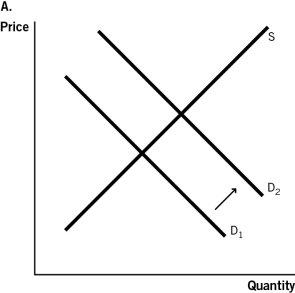
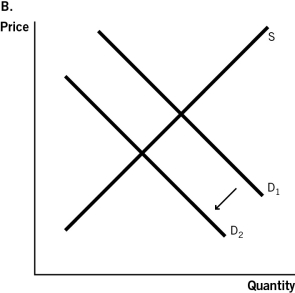
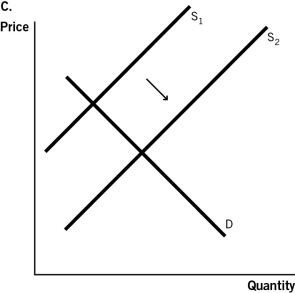
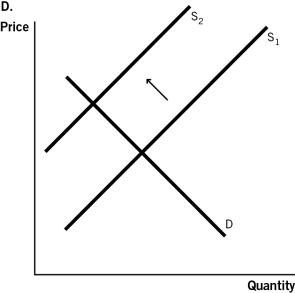
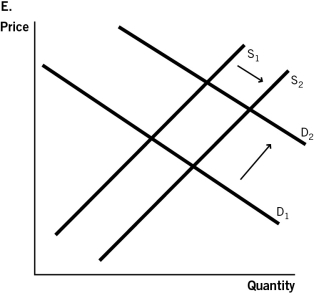
-Which of the accompanying graphs represents what would happen if a medical procedure such as eye surgery previously paid for by insurance was no longer covered? 
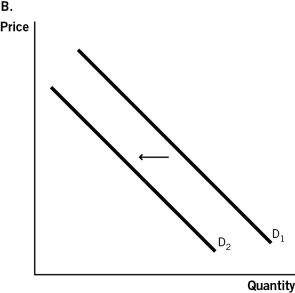
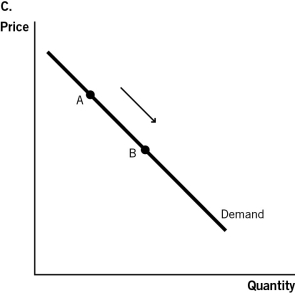
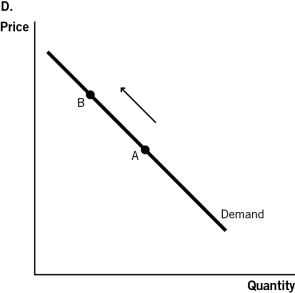
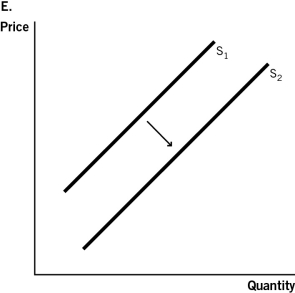
Definitions:
Alternative Production Techniques
Different methods or processes used in the production of goods and services, often evaluated for their efficiency, cost-effectiveness, or environmental impact.
Economic Loss
Refers to the reduction in total revenue that is greater than the total cost of a business, leading to a negative profit scenario.
Economic Efficiency
A state where resources are allocated in a way that maximizes the production of goods and services while minimizing waste and inefficiencies.
Q8: Refer to Exhibit 13-2.How many of the
Q9: Which of the following is a useful
Q11: The backward-bending labor supply curve has its
Q16: What is budget constraint?<br>A)the set of consumption
Q24: Refer to Exhibit 2-2.Suppose the company thinks
Q49: Most economic theory proceeds as though economic
Q71: To maximize your satisfaction when deciding between
Q73: How can an insurance company reduce the
Q99: Why does a high inequality ratio often
Q107: A(n)_ represents the various combinations of two